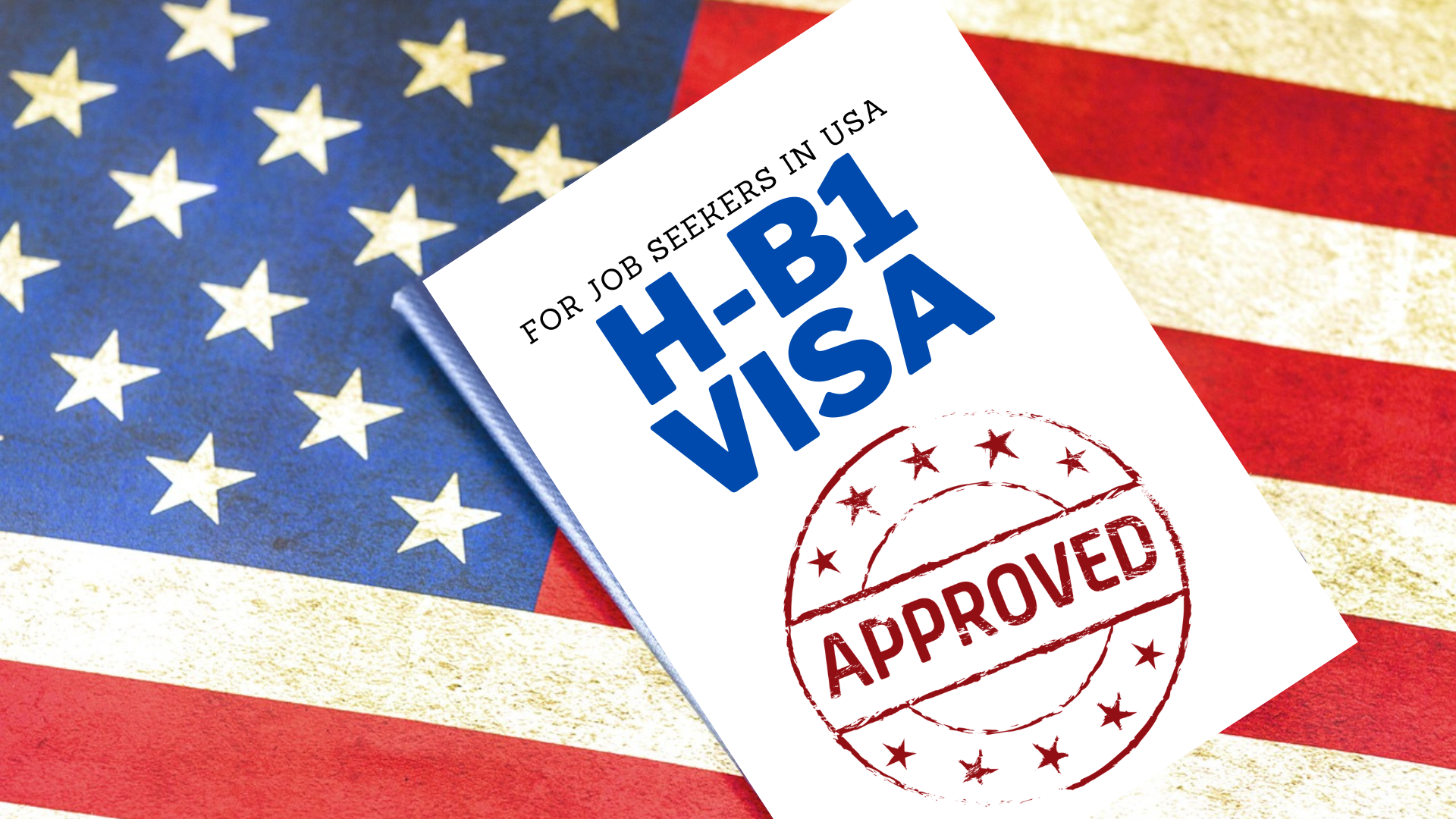The H-1B visa is a golden ticket for skilled professionals aiming to work in the United States. As a non-immigrant visa, it allows U.S. employers to hire foreign talent in specialized fields like tech, engineering, healthcare, and finance. However, the process is notoriously complex, competitive, and time-sensitive. This guide cuts through the confusion, offering a step-by-step roadmap, insider tips, and strategies to navigate the H-1B lottery, avoid common pitfalls, and maximize your chances of success.
1. What Is the H-1B Visa?
The H-1B is designed for roles requiring specialized knowledge and a bachelor’s degree (or equivalent) in fields such as:
- STEM (Software Engineering, Data Science, Cybersecurity)
- Healthcare (Doctors, Nurses, Medical Researchers)
- Finance & Business (Financial Analysts, Management Consultants)
- Education (Professors, Researchers)
Key Features:
Dual Intent: Allows holders to pursue a Green Card.
Validity: Initial period of 3 years, extendable to 6 years.
Dependents: Spouses/children under 21 can apply for H-4 visas.
2. The H-1B Process: A Step-by-Step Breakdown
Step 1: Secure a Job Offer
- Your employer must be willing to sponsor your visa.
- Roles must meet the Department of Labor’s (DOL) “specialty occupation” criteria.
Step 2: Labor Condition Application (LCA)
- Employer submits Form ETA-9035 to the DOL, confirming:
- Wages meet or exceed the “prevailing wage” for the role.
- Working conditions won’t negatively impact U.S. workers.
- Timeline: 7–10 days for approval.
Step 3: H-1B Lottery Registration
- Employers submit electronic registrations for candidates during the March 1–20 window.
- FY 2024 Stats: 780,884 applications for 85,000 slots (≈11% selection rate).
- Lottery Priority: Master’s degree holders (20,000 slots) get two chances.
Step 4: Petition Filing (Form I-129)
If selected in the lottery:
- Employer files Form I-129 with USCIS by June 30.
- Required documents:
- LCA certification
- Proof of qualifications (degree equivalency via WES/IERF)
- Detailed job description
- Employer support letter
Step 5: Visa Stamping
Once approved, apply for an H-1B stamp at a U.S. consulate in your home country.
3. H-1B Alternatives If You Miss the Lottery
Don’t lose hope! Explore these backup options:
Day 1 CPT Programs: Enroll in accredited U.S. universities offering work-compatible curricula.
L-1 Visa: For intra-company transfers (requires 1+ year with a foreign office).
O-1 Visa: For individuals with “extraordinary ability” in their field.
TN Visa: For Canadian/Mexican citizens in NAFTA professions (e.g., engineers, scientists).
4. Top Mistakes That Derail H-1B Applications
Missed Deadlines: USCIS rejects late filings—mark calendars for March (lottery) and June (petition).
Job Description Vagueness: Avoid generic terms like “IT professional.” Specify tools (e.g., AWS, Python) and projects.
Mismatched Wages: Ensure the salary aligns exactly with the LCA’s prevailing wage.
Degree Mismatch: A bachelor’s in biology won’t qualify for a software engineering role. Use credential evaluations to bridge gaps.
5. Emerging Trends & Strategies for 2025
- Remote Work Flexibility: Some employers now sponsor H-1Bs for hybrid roles (e.g., 3 days in-office, 2 remote).
- Startup Sponsorships: Tech startups are increasingly using H-1Bs for roles like AI/ML engineers.
- Premium Processing: Pay $2,805 for a 15-day adjudication (vs. 2–6 months standard).
- Cap-Exempt Employers: Universities, nonprofits, and govt. research organizations can file H-1Bs anytime.
6. How to Negotiate H-1B Sponsorship with Employers
- Timing: Discuss sponsorship during final interview stages.
- Frame Your Value: Highlight unique skills (e.g., multilingual abilities, niche certifications).
- Offer Solutions: Propose splitting filing fees (employers typically pay 4,000–4,000–8,000).
7. Post-Approval: Preparing for Life in the USA
- Health Insurance: Most employers provide coverage, but compare plans for dependents.
- Social Security Number (SSN): Apply within 10 days of arrival.
- Building Credit: Start with secured credit cards (e.g., Discover IT).
- Community Integration: Join platforms like Meetup.com to network with expats.

